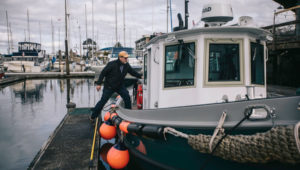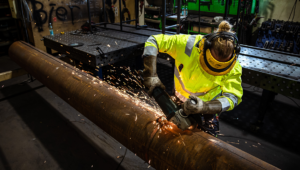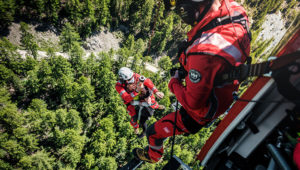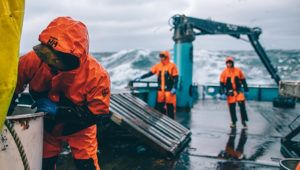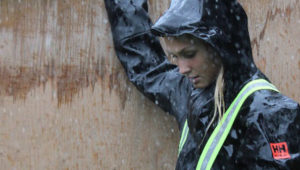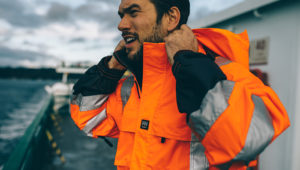March 2022
Sustainable Forestry: Working to Respect Our Resources

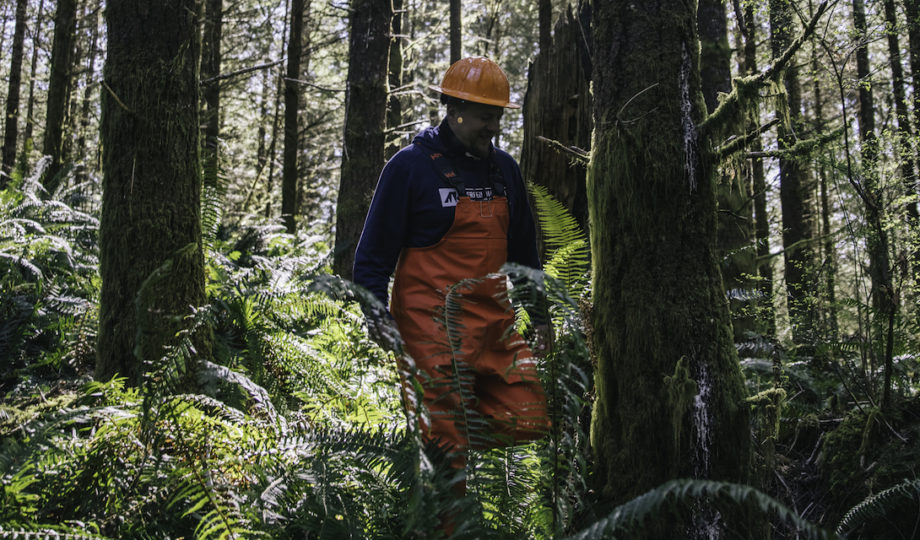
What is a working forest?
Well, you could think about it as a garden.
A previous generation intentionally planted the beginnings of what would become today’s harvest.
And when today’s harvest is taken, more beginnings are planted for future generations.
It’s a cycle of balance.
A movement of give and take.
A way of creating and using resources with respect for impact and environment.
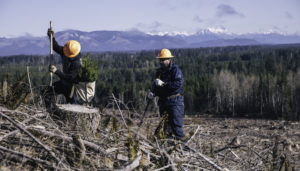
In the case of the working forest, the scale of time and product is quite beyond a typical garden of vegetables or plants, being that trees take so long to grow and take up so much space.
But if you are a 5th-generation family-operated forestry resource company, you have dialed in the proper methods and ways to utilize the great resource of trees.
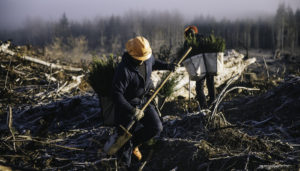
Such is the case with Green Diamond Resource Company.
We connected with them to learn more of their story and hear about the hard (but meaningful) work that they do.
You can watch their story in the short video below.
There is a deep attachment to the land, knowing that land stewardship is a high calling and a meaningful task. Preparing the land to be fruitful for future generations is no small responsibility.
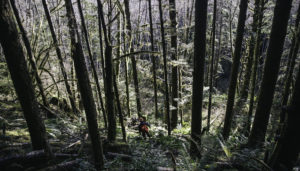
Sourcing timber domestically is measurably more sustainable than importing wood from distant lands with much looser sourcing practices and less accountability (like importing timber from the Amazon, etc.)
Some resources in our world cannot be cyclical.
Once they are removed or used, they are gone forever.
But not so, with trees.
Even nature itself rejuvenates new life from dead timber.
Seedlings and saplings emerge from the remnants of a fallen tree, giving us evidence that trees will return again and again if given time and space.
And almost as if nature itself knows how to best care for itself, young trees actually absorb more carbon from the atmosphere than older trees, due to the speed at which they grow.
Over 1 million trees are planted each season within Green Diamond’s Northwest land boundaries. That doesn’t include all the trees planted in the other handful of states they manage land within.
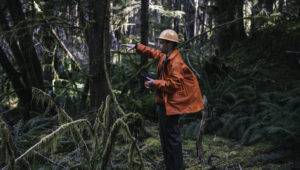
Some of our nation’s trees and forests are for our visual and recreational enjoyment and are protected under public land boundaries or public access agreements.
Those trees and forests are preserved for the wildness of nature to roam free, as animals live out their lives, away from the noise and chaos of human cities.
Those habitats are vital.
They should remain untouched and hallowed.
And there are other trees and forests that have been designated for responsible use, for crafting homes, raising buildings, and forming into works of the hand.
This is a story of those trees, the workers that plant and harvest them, and the responsibility we all have to continue to steward our resources well as we build our world.
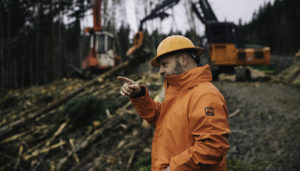
NO BETTER OFFICE IN THE WORLD
There are endless blankets of trees covering significant portions of the states in the Pacific Northwest.
To work outdoors amongst the beauty of this region is a unique experience.
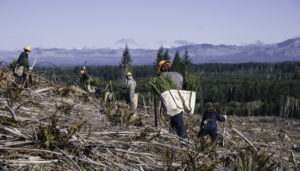
We ventured out to the Olympic Peninsula of Washington State and shadowed the team at Green Diamond Resource Company, who is hard at work, planning, clearing, re-planting, and ensuring the well-being of the land boundaries in which they work.
They manage working forests in 8 states and operate under the toughest forest practice regulations found anywhere.
When extracting trees, they carefully consider their impact on the environment, the soil, any local inhabitants, and any wildlife that has taken up temporary residency within their land boundary.
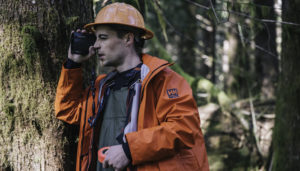
These working forests provide improvement of water quality, a habitat for many species of wildlife and fish, and participate in the vital oxygen-carbon exchange that keeps our air quality higher.
Each year, they harvest less than 2% of their lands and do the research and work necessary to ensure that re-planting occurs with native tree species to their various regions.
The work is both cerebral and physically taxing.
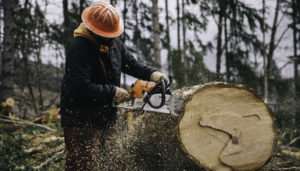
In between the planting and the pruning comes the nurturing and maintenance of the forests.
Since these forests grow and evolve over many decades, they naturally require management and maintenance. So, much of the work is in this in-between phase.
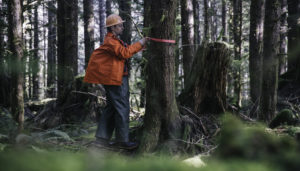
And throughout all their work outdoors, the team needs warmth, protection, and reliability from their gear.
They need gear that stands up to the elements and can make their jobs easier.
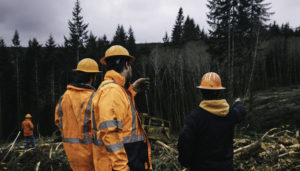
These teams don’t get to choose the weather and conditions in which they are working each day, and they are out there running rigs, planting trees, operating machinery, and loading trucks, rain, shine, or anything else.
It’s a beautiful environment to work in but can be unforgiving on long, cold days. So having the right gear is crucial to getting the work done and thriving, no matter what mother nature holds for the day.
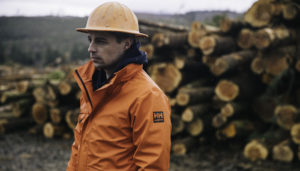
ETHICS IN PRACTICE
Ethical conduct is expected of everyone that serves Green Diamond… the Board, officers, managers, engineers, employees, and contractors.
Over 130 years of consistency through all tiers of the organization has allowed them to flourish.
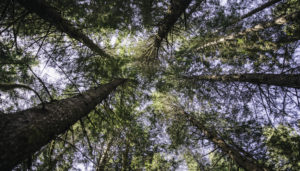
With an impressive list of “above board” practices and holding many sustainable forestry certifications, conservation plans, and council approvals, doing things the right way isn’t something that is in the back of their mind as they go about their workdays…
… it’s at the front of their mind.
Their long-term commitment to the land is at the heart of every decision they make.
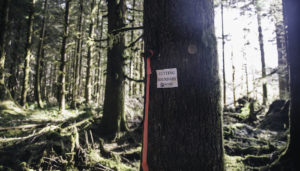
As they put it, Green Diamond’s work is “guided by their experience, and backed by science.”
They employ professional foresters, wildlife biologists, and other experts in relevant fields to ensure that nothing is taken for granted.
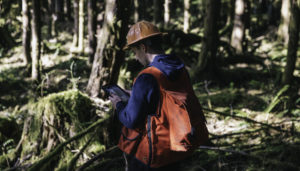
For example, in Oregon, about 40% of the land is privately owned, meaning that about 60% of the land is owned by the public (city, county, state, federal).
But wildlife “can’t read signs” and don’t know if the region they’ve wandered into is owned by a business, a family, or municipalities.
They roam, swim, and fly wherever they would like.
So, nothing is taken for granted when the time approaches to clear a designated section of one of Green Diamond’s working forests where the trees have reached maturation.
Surveys, studies, research, and active collaboration with biologists are all part of the process.
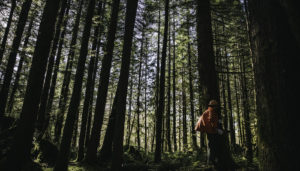
Simply put, if trees are going to get cleared, what will the impact be?
It’s a question that is asked every single time.
It’s an awareness of one’s impact on the world around us.
It’s an appreciation for the gravity of our decisions when it comes time to extract a resource.
And it’s that awareness and appreciation that has created a healthy balance of productivity and preservation.
Hard work with thorough planning.
Resourcefulness with responsibility.
After all, a resource that stops becoming available is no longer a resource.
We are all in this for the long haul.


